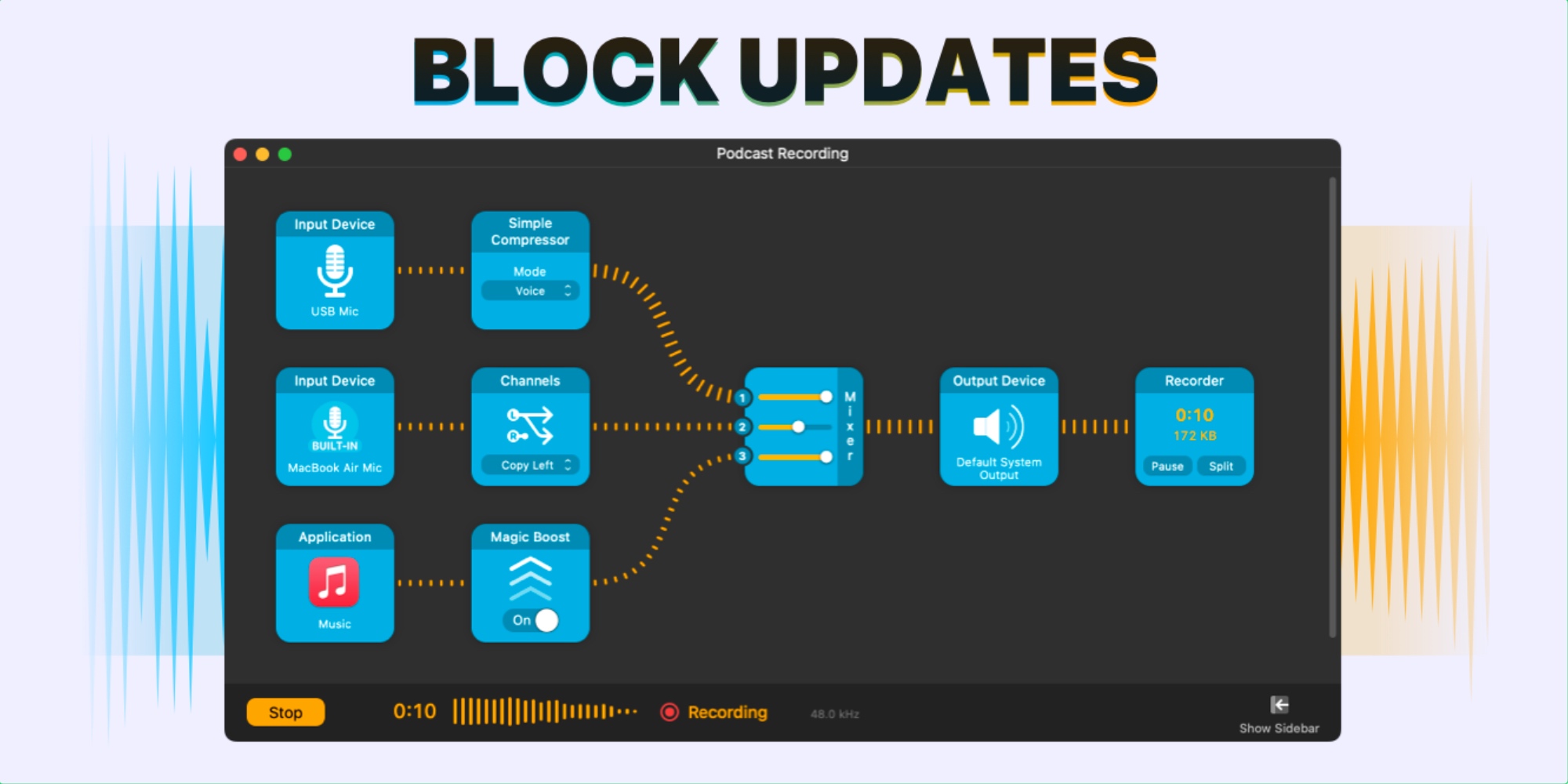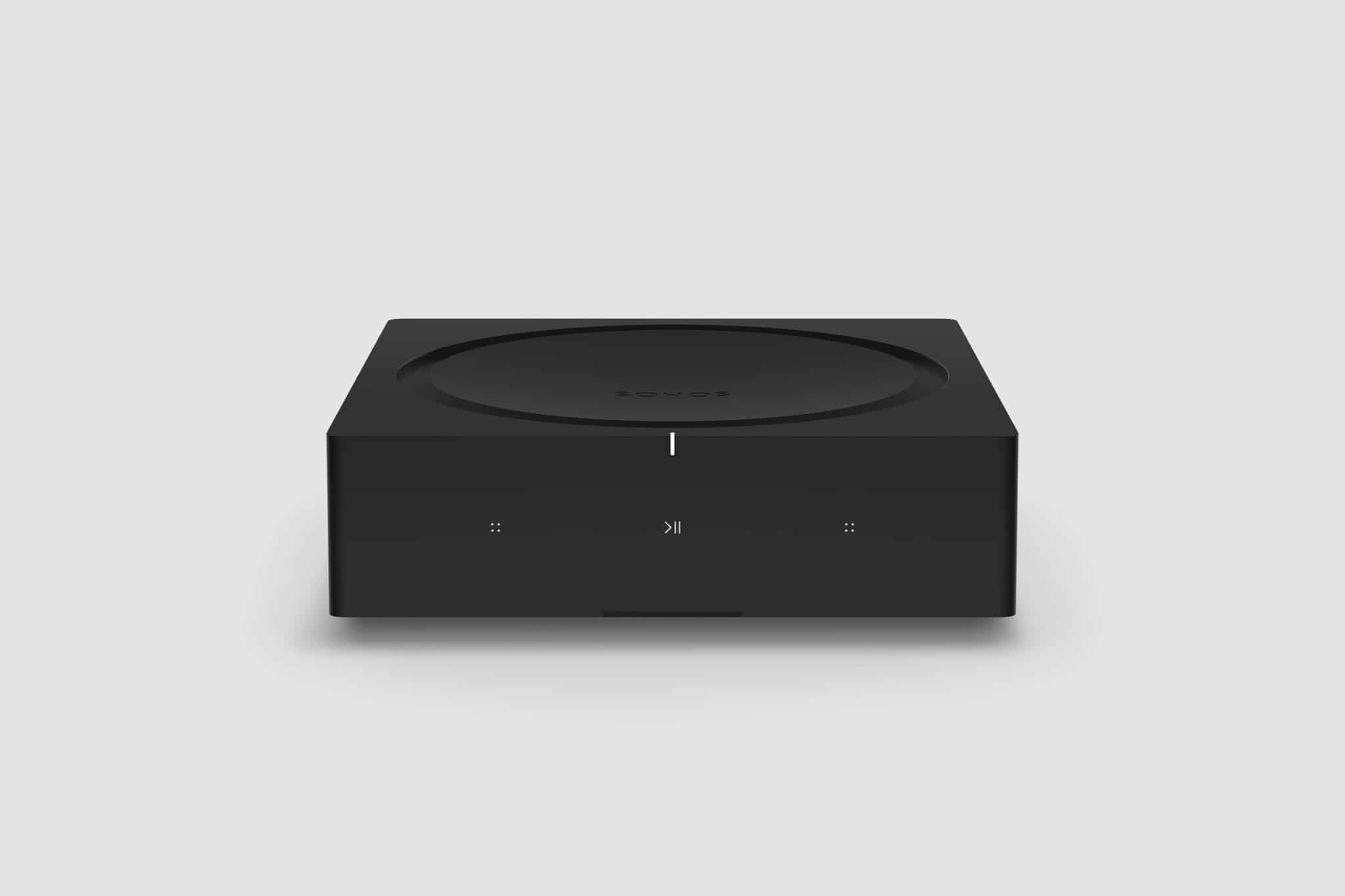

What’s good about this tool is that you can stunning videos without any expertise in the field. Furthermore, it offers fade in and fades out of the audio to add some effects. This software enables you to increase volume and enhance voice in the recorded video in just a few clicks. Recommended Ways to Increase the Volume of a Recorded VideoīeeCut is an easy-to-use online video editing software. Continue reading to reveal the solutions. But what happens when the audio of the recorded video is too quiet and needs to be turned up to hear it? Good thing, we have a guide of useful solutions to increase the volume of a recorded video. You can see the evidence for this by opening Activity Monitor and clicking on the Memory tab.If you are a vlogger, video content maker, product promoter, and small business owner, you often record video and post it on your social media accounts. Leaving thirsty web apps like Google Drive, Facebook, and Gmail open is also a bad idea. Having 100 tabs open at once is going to slow down your Mac.

Your browsing habits can also slow down your system. Extensions make your browser use extra CPU and memory while browsing, and much of the time, the performance penalty isn’t worth it for the small amount of functionality they provide. Whether you use Safari, Chrome, Firefox, or something else, consider removing any non-essential browser extensions to speed things up. RELATED: Mac Users Should Ditch Google Chrome for Safari Limit Browser Extensions and Tabs

You’ll get longer battery life on a MacBook and snappier performance on most machines compared to Chrome or Firefox, both of which are notorious memory hogs. Safari is one of the best choices for Mac users since it is highly optimized for Apple hardware. Your choice of browser can have a big impact on your machine’s performance. Be aware that many of the items in this list are system processes you won’t want to quit. Select an app and click on the “X” in the top-left corner to quit the process. The higher the app appears in the list, the more CPU it is using. To find an app that is stressing your processor, click the CPU tab and then arrange the “% CPU” column in descending order. You can launch this tool via Spotlight (Command+Spacebar, then search for it) or find it in the Applications > Utilities folder. If your Mac suddenly becomes unresponsive, slows down, or its fans spin up, you might want to find the offending software using Activity Monitor. RELATED: Why Do Mac Apps Stay Open When I Hit The Red X Button? Identify and Remove Resource Hogs with Activity Monitor If the app has crashed or appears unresponsive, right-click its icon and hold Option, then click on Force Quit. Apps like Steam often run by default in the background, sapping resources. Get into the habit of closing thirsty apps like Photoshop or Excel when you aren’t using them.


 0 kommentar(er)
0 kommentar(er)
